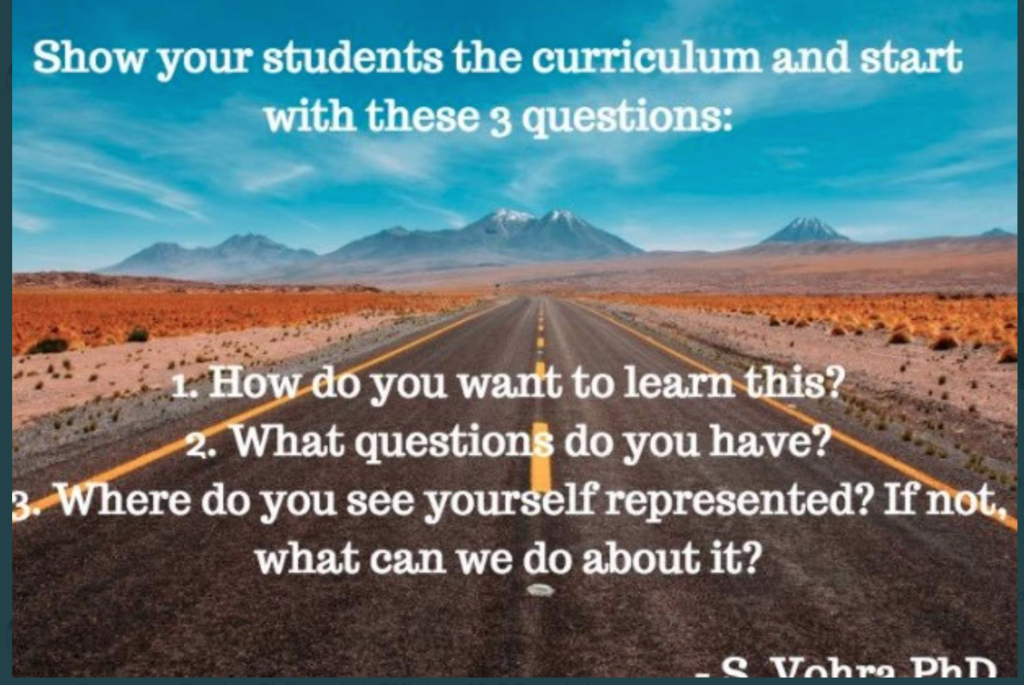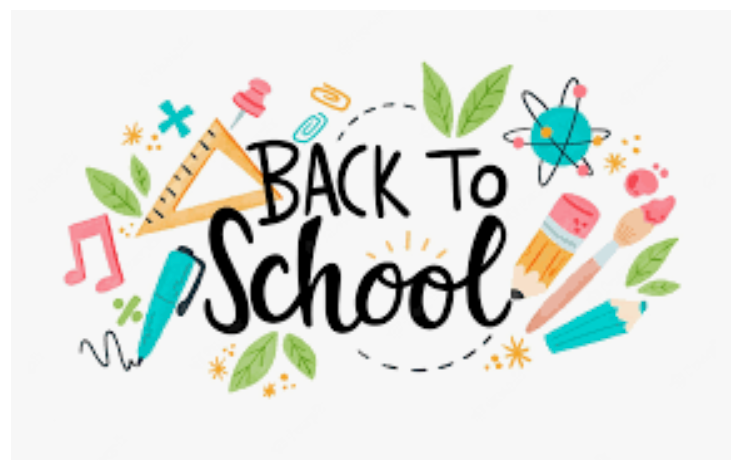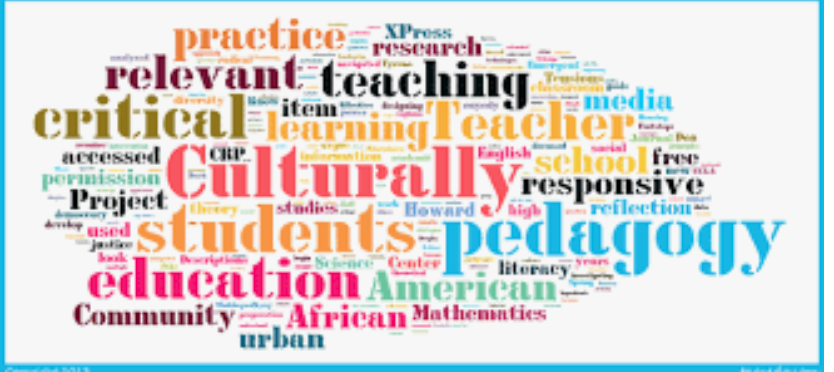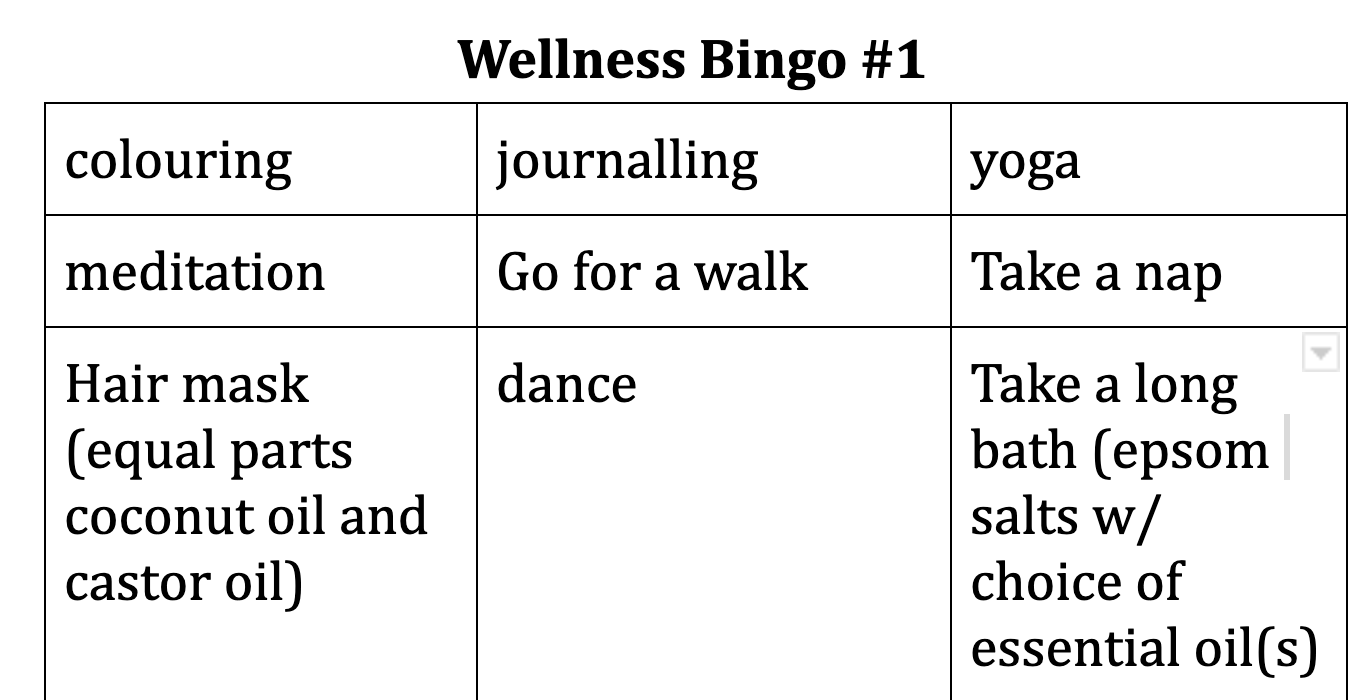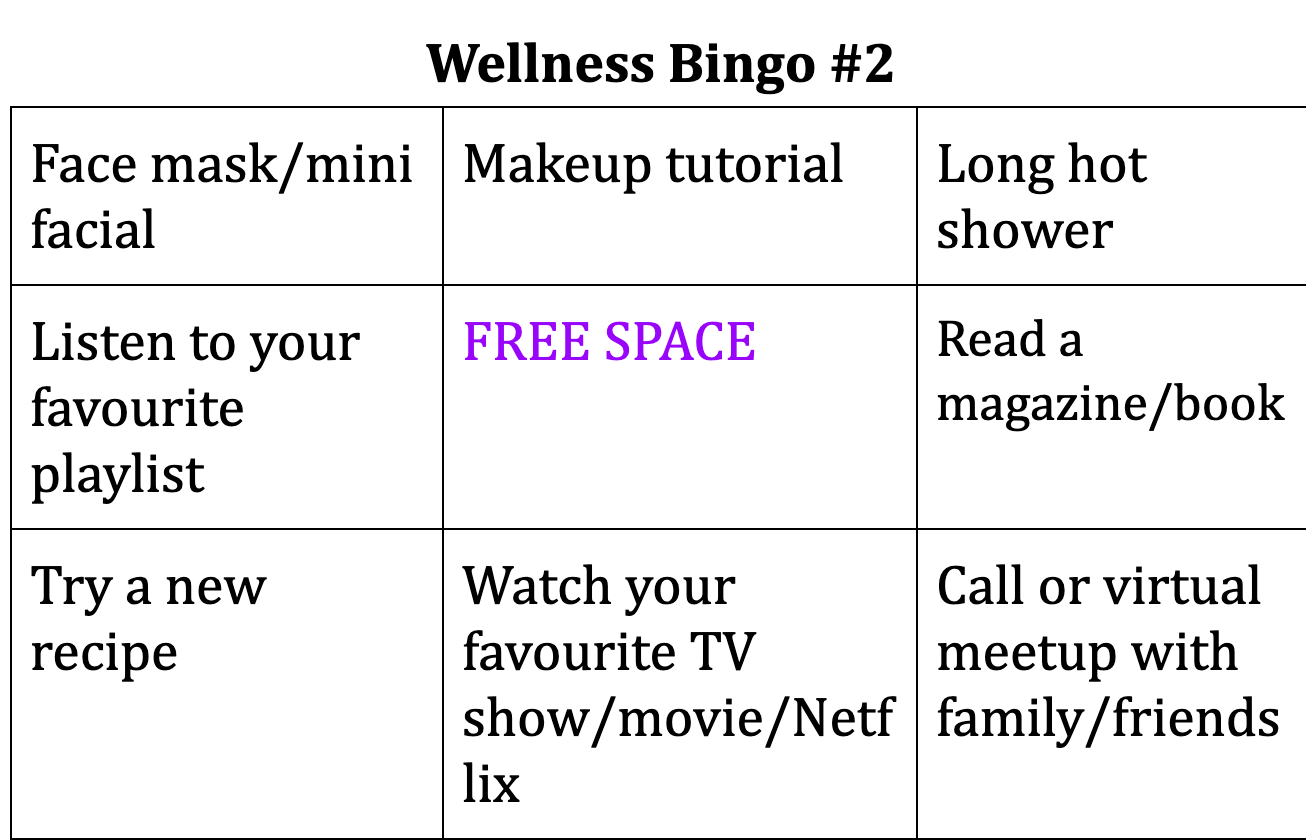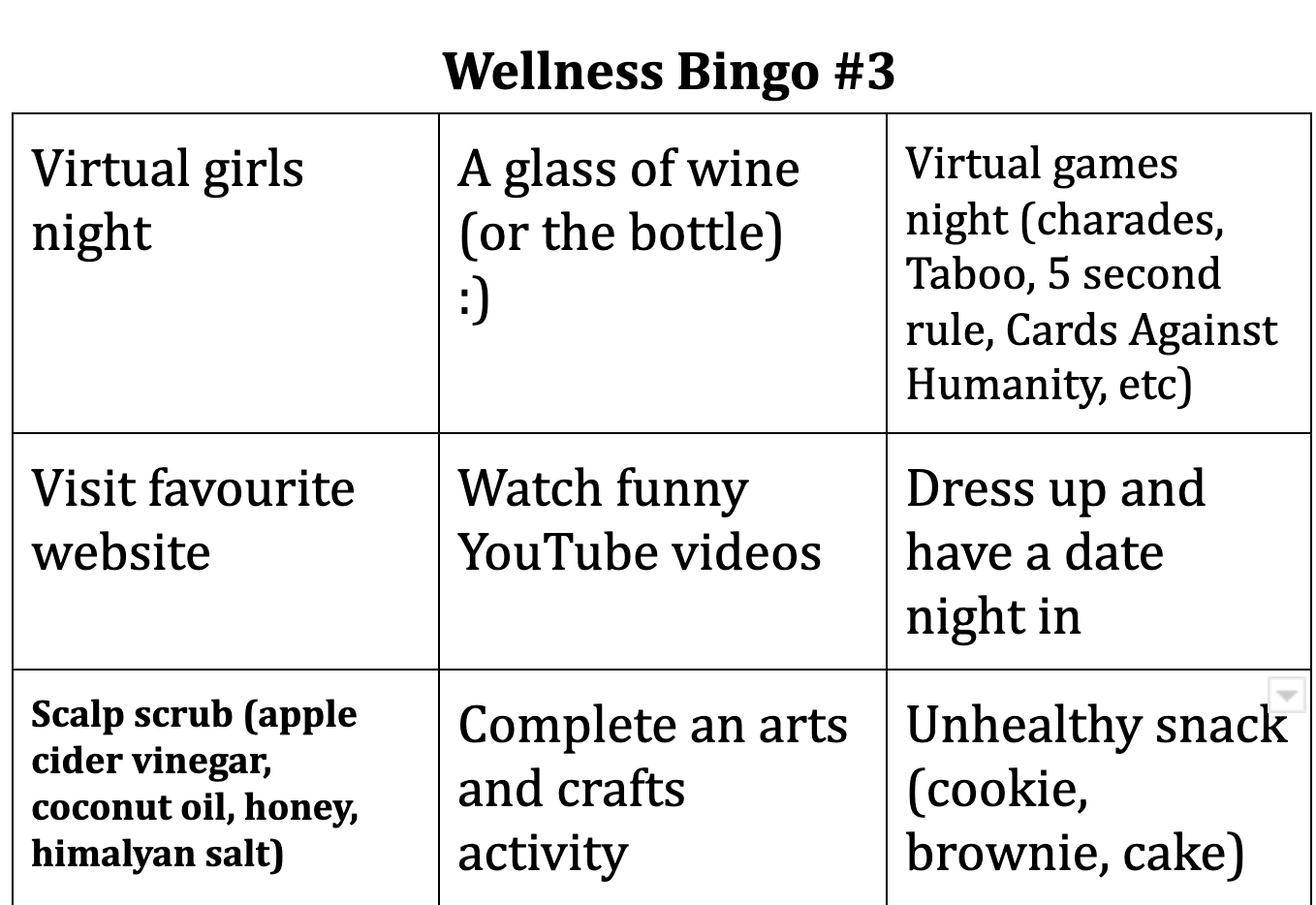
The shift to “emergency online learning” in the last month or so has created some discussions and debates about what ‘school’ will look like once we do return. Depending on the structure and demographics of the school (e.g., K-5, middle school, high school etc), how will students and teachers return to ensure everyone is safe? Will there be a staggered schedule? In other words will we have students rotating through school for half days or full days to maintain physical distancing rules? Will each class be split in half and desks spaced out 2m/6ft with everyone wearing a mask and then sanitizing their space when the class/day is done? For example, in middle school, will we see half of the Grade 6s come into school in the morning and the other half in the afternoons 2- 3 times a week? Will grades 7s and 8s come in the other days and the rest of the time is being supplemented by virtual learning? And what are the implications for daycare, babysitting and parents work schedules depending on their work situation? Will teachers move from class to class instead of the students to minimize contact between individuals? If students are coming in for half days, what does that look like in terms of mathematics, language, social studies, science, and subjects like art, phys-ed, music, etc? There are so many factors to consider in terms of our kids returning to school and still ensuring their safety. Will we even return at all depending on what unfolds over the next few months? Many experts are talking about the fear of a second wave of COVID-19 cases if we ease restrictions too soon as well as the regular flu season later this year that will cause many to get sick. Or another scenario could be that we stagger students back into schools in September (or whenever your school year starts) to meet each other and build community and then in October, move to virtual learning. Again, there is so much to think about moving forward and the truth is we don’t really know what will happen because it all depends on what will happen over the next three months in terms of how the coronavirus is contained or how it might cause a second wave of infections. For now, it’s a wait and see situation.
The shift has also created discussion about more permanent changes to the future of education. I have seen teachers and various other stakeholders talk about some of the ‘permanent’ changes they would like to see as a result of this pandemic. While some of these ideas are good and can move education in a positive direction, some of the ideas need to be considered carefully due to several factors (e.g, developmental levels of students, equity, etc). Based on what I have heard and discussed with a variety of students, parents, and educators, here are five changes I would like to see:
1. Focus on Wellness & SEL: this pandemic has brought to light the importance of wellness and mental health. Many of our students are going through a range of emotions, which includes, fear, anxiety, and sadness. There are many reasons our kids are feeling this way and some of those reasons are: (a) they are missing their friends, (b) they are missing the regular routine of school, (c) their parents are front line workers, (d) they might have lost a loved one, (e) they are stuck in an abusive household, (f) they are bored, (g) they are stressed about school work and meeting deadlines set by teachers (which is another issue in itself!). According to CASEL (Collaborative for Academic, Social, and Emotional Learning), “Social and emotional learning (SEL) is the process through which children and adults understand and manage emotions, set and achieve positive goals, feel and show empathy for others, establish and maintain positive relationships, and make responsible decisions.” They identify five core competencies (self-awareness, self-management, social awareness, relationship skills, and responsible decision making). Research has demonstrated that when there is a focus on SEL, there are positive changes in behaviour (e.g., attendance, classroom behaviour, etc) and academic achievement (https://casel.org/what-is-sel/). This pandemic has demonstrated that we need to invest more resources and time in this area. Students need to learn how to manage emotions when challenges and difficulties arise, which is currently happening due to the impact of the coronavirus. They need to identify their emotions and have a range of strategies to deal with these feelings, which might help them build a positive relationship with themselves and others. This pandemic has also brought to light the importance of play. As I’ve mentioned in my other posts, many parents/guardians are talking about how they are spending more time with their kids engaged in a variety of activities (e.g., cooking, baking, sewing, talking, playing board games, gardening etc), which has helped their relationships with their children. Perhaps there is something to be learned here. Should the school day be shorter, placing an equal or more important focus on SEL and play? If many parents are going to continue to work from home due to the shift in thinking in terms of what work now looks like, should we be re-thinking what school looks like? Again, these are all questions that came up during my conversations with parents, friends, and educators that I’ve had the privilege of having over the last few weeks. Our kids these days, in my opinion, are over-scheduled. Between school/homework and all the extra-curricular activities, children these days are overloaded. It seems they just don’t have time to just be kids! I think we can all agree that we don’t want them to hate learning; we want them to be excited about learning and new ideas. We want them to be thoughtful, and kind and compassionate and curious. But to be happy, we can’t and shouldn’t overload them. Do we really want to take away their present for whatever the future may hold? I believe somewhere along the way, we forgot that we need to be educating the whole child. In the recent past, there has been way too much emphasis placed on exams, grades, and standardized test scores, that we have forgotten we need to teach to the heart. We need to be placing more emphasis on teaching habits of mind, relationships, ethics, and morals. What about bringing in the community to support student learning? I truly believe we have lost the community aspect of educating our children. As the saying goes, “It truly takes a village”. We need to get back to working with our community members and organizations in order to educate the whole child.
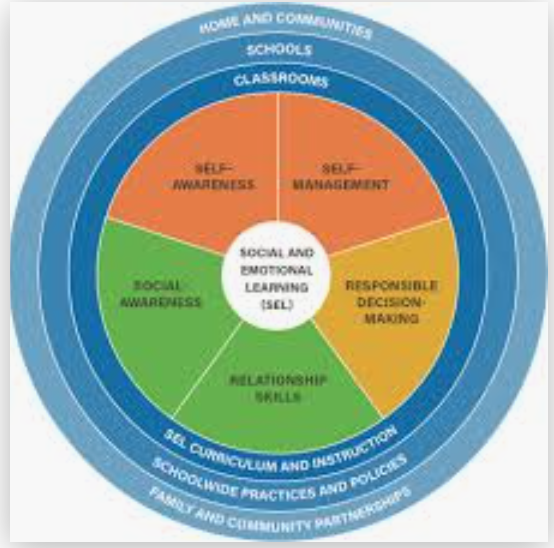
(www.casel.org)
2. Focus on personalized learning: this pandemic should also bring to light the need for personalized and individualized learning. Learning needs to be student-centered and not teacher-centered; in other words a focus on learning over teaching. Learning should be approached from an inquiry stance (big idea and driving questions) with a social justice & equity lens. This approach is linked to student wellness & SEL – students learning in a manner in which empathy and other habits of mind are developed as well as digital citizenship skills. We need to move away from traditional worksheets and teaching methods as well as busy work to more authentic learning. Information is everywhere; it’s pretty much at the end of your arm and we need to be asking questions of our students that require critical thinking, evaluating, judging, synthesizing, and constructing, just to name a few. If you can Google an answer to a question, it’s not a good question. This kind of learning means we need to move away from exams, which usually test knowledge & facts and not on understanding, thinking, and application to more ‘projects’ and assignments that are choice-based. It also means we move away from using textbooks (yes, I still see teachers using this as the sole source of information and there are reasons behind this, which I will talk about in another blog post), and teacher ‘lectures’ where students sit and take notes; in other words students are not passive recipients but they take control of their learning and become active members of their learning. This type of learning just might fit nicely with shorter and staggered school days, especially in middle and high schools. Students would come into school to participate and host seminars, focus groups, and discussion with their teachers and classmates on their learning tasks and learning journey; then they might spend some time in the LLC (Library Learning Commons) or go home to continue their learning and complete their work. They need to be provided with opportunities to access learning in a manner that suits them. This type of learning model not only lends itself to students focusing on deeper learning and less on tests and exams but it also builds time for students to focus on their passions and interests, more time for play, and their well-being. For this to be successful, we need to re-examine the curriculum so that it is more flexible and there is a focus on skills and not content. We would also need to focus on digital literacy skills – we have all heard the term “digital natives” but our students are not digital natives. Yes, they were “born with technology” and they might know how to use tech tools like social media for personal reasons but they still require a lot of support on how to use technology for learning purposes (one example is teachers conveying to me that most students don’t know basic online etiquette when talking to their teachers and peers online). They not only need to learn how to collaborate online but they need to learn to use tech responsibly and in ways which deepen and extend their learning. Of course, this blended model will require parameters in terms of teacher availability and students’ schedules. Teachers can not be expected to be available 24/7 and students learn and complete their work at different times. And as always, privacy and security issues need to be maintained in this type of environment (more to come on this). We also need to look at equity in terms of this type of model to work. As I’ve said before, “equity is an institutional commitment, it’s not a band-aid strategy we use when needed.” How are we getting devices into the hands of every student? How are we ensuring they have strong internet/wi-fi connections? In order to close the achievement gap, we need to start by closing both the engagement gap and the opportunity gap.
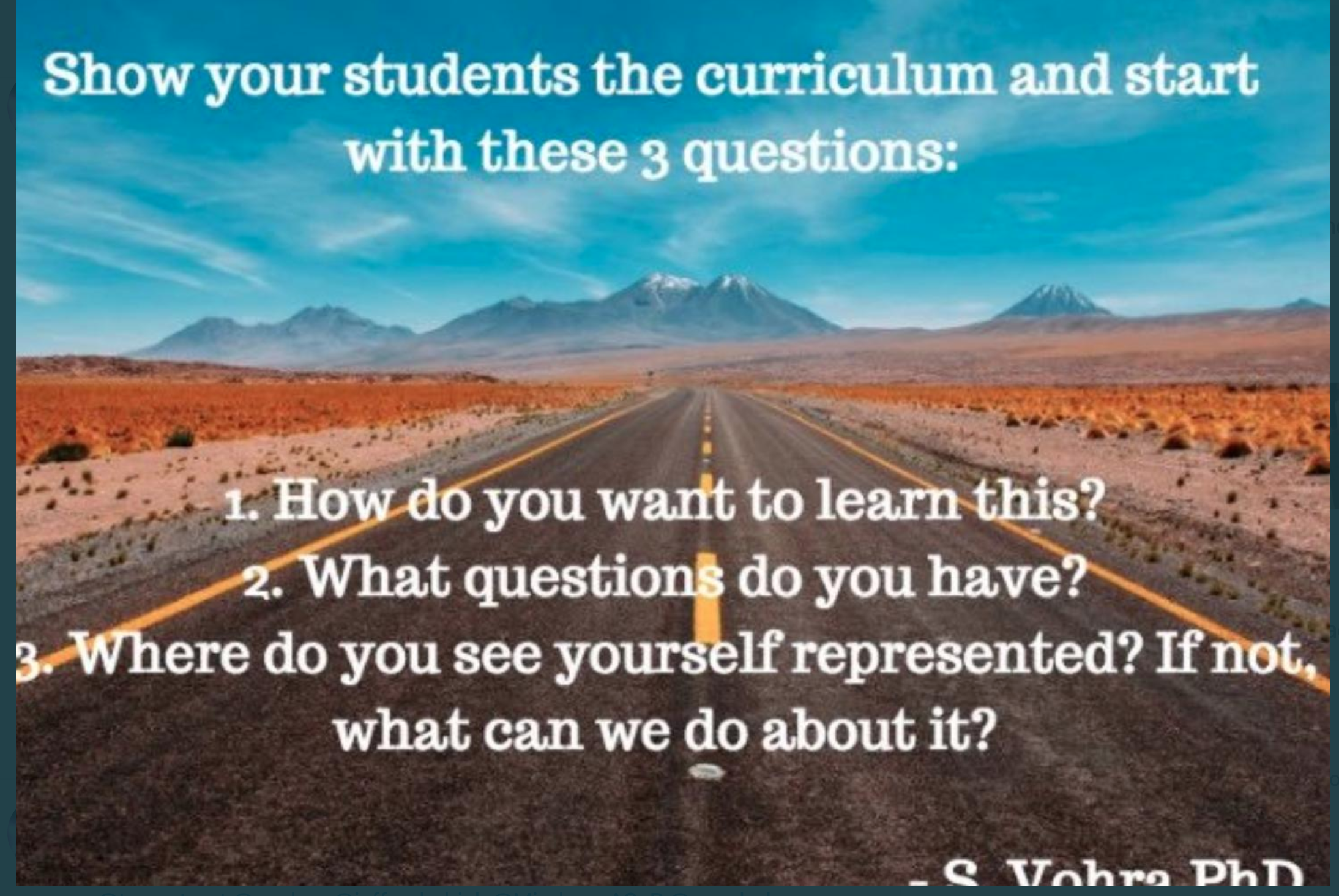
3.Assessment and Evaluation: related to personalized learning, we need to rethink how we assess and evaluate students. We need to move away from “unit tests” and exams, which only seem to test knowledge and not understanding of the material. These types of assessment do not for the most part, develop student skills in critical thinking and other higher order skills. We need to look at providing more descriptive feedback based on learning goals and success criteria (and know the difference between success criteria and task requirements) and moving away from assigning grades; we know research has indicated that when we provide a grade with descriptive feedback, students only focus on the grade and not the feedback the teacher provided and when teachers provide only descriptive feedback, learning is enhanced. For example, students are given descriptive feedback on a writing piece and given the opportunity to improve on their next draft and subsequent drafts based on just descriptive feedback. This type of assessment shifts the focus from achievement to learning. I know grades are a contentious issue in education because of the implications related to higher education but I honestly don’t remember the last time an employer asked me for my transcript during an interview. They want to see what skills I bring to the role and how I can contribute to the team as a whole to improve the organization’s mission and vision. If we are to give grades, then let’s sit side by side with the student and negotiate a grade based on all their work and effort throughout the learning experience (e.g. not just after two drafts of a writing piece). And in the age of technology, let’s ensure all students have an online portfolio and some sort of online presence in the form of a blog and/or website. And let’s please get rid of standardized testing; not only is it not necessary but it’s harmful and negatively impacts students well being and we all know it is not a true reflection of what a student knows and understands.
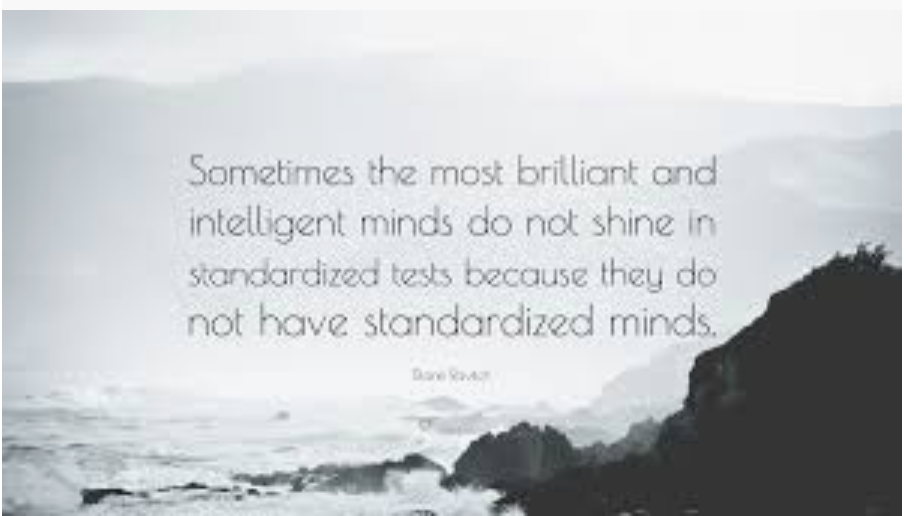
4.Conferences: We also need to rethink educational conferences (or all conferences for that matter). Conferences have either been postponed or cancelled for the foreseeable future due to the pandemic. I know several conferences have opted for an online version of what should have been their face to face conference and I believe this is something we need to examine more closely. Costs to attend a conference has become astronomical. From registration fees to hotels and from flights to food, attending even one conference can take a significant bite out of anyone’s budget (a very small percentage of educators get their expenses covered by their district or school). And even when we get past the pandemic, flying may never be the same. So why not move towards more online conferences where educators can attend live sessions as well as pre-recorded sessions from the comfort of their home? If you must, charge a minimum fee to cover any costs based on the platform(s) you are using. And organizations can archive these sessions and have a repository available for everyone to access at any time.
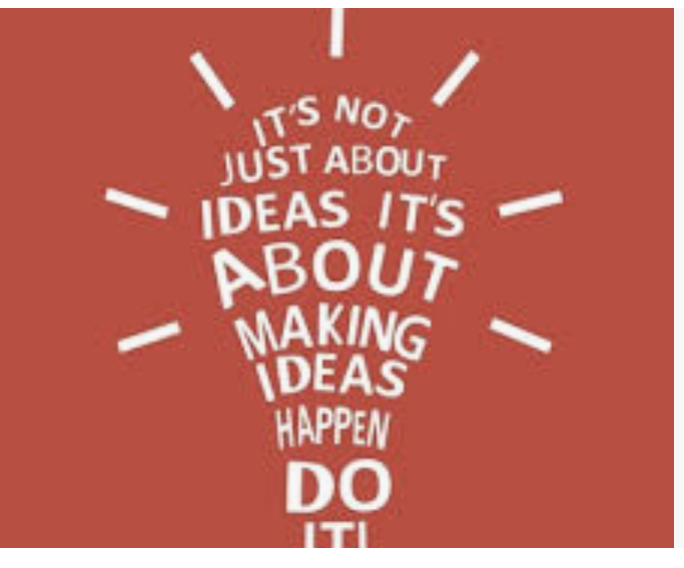
5.Teacher Professional Learning: last but certainly not least, let’s rethink teacher professional learning (PL). I’ve always believed that teacher PL needs to be personalized, differentiated, and self paced. Teachers should be able to choose their own PL based on their goals, experiences, and background knowledge. This makes the learning more meaningful for teachers if they are allowed to pursue their own interests and passions related to education in the form of action research, collaborative inquiry cycles, etc. I believe the quote/image below says it all in terms of my beliefs for teacher PL. Let’s use an LMS (Learning Management System) like Brightspace to enhance teacher PL where teachers are learning from and with each other across districts – technology gives us the power and opportunity to learn with teachers from around the world so why not connect with teachers from different schools around the world to enhance and positively impact our practice? Why not use these PL opportunities to create learning experiences with these teachers for your students that incorporate social justice and equity mindsets (as mentioned in my bit about personalized learning? Let’s start putting PL back into the hands of educators.
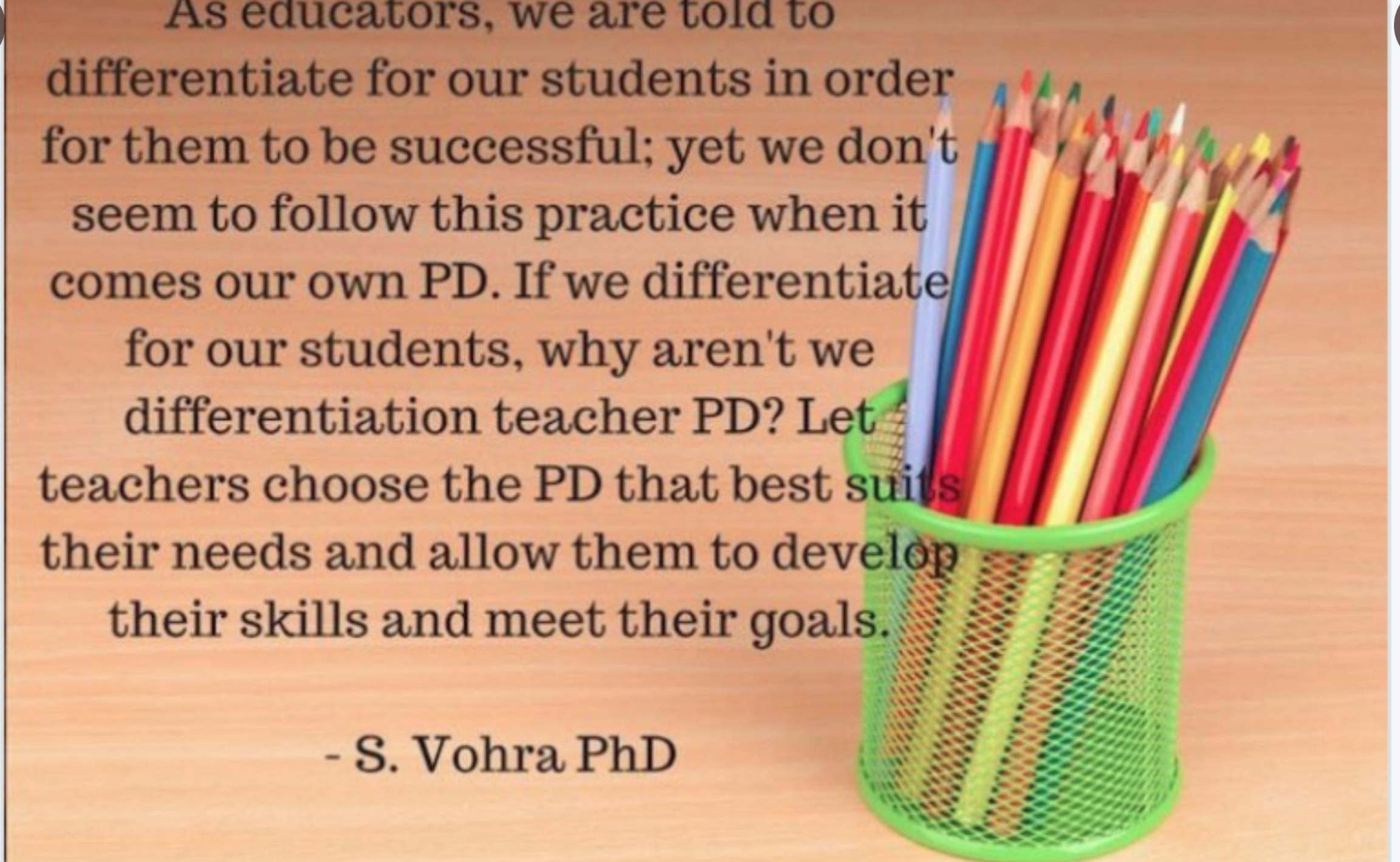
It will be interesting to see what education looks like when we do return and if any of these five points will be examined and explored further to not only enhance and improve education but also ensuring we keep students at the centre of it all.
I will be writing in more detail about each of these five points in upcoming blog posts but for the next few weeks, I am going to shift to writing about some other topics in education 🙂
